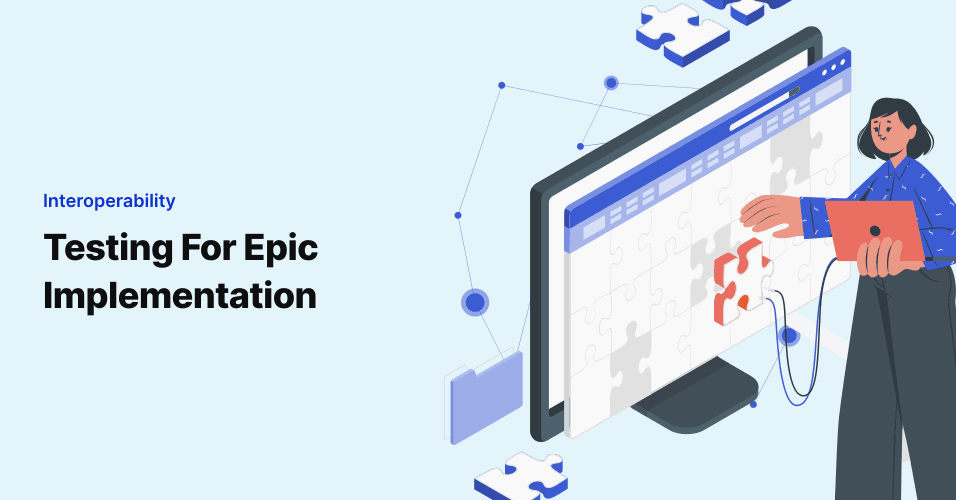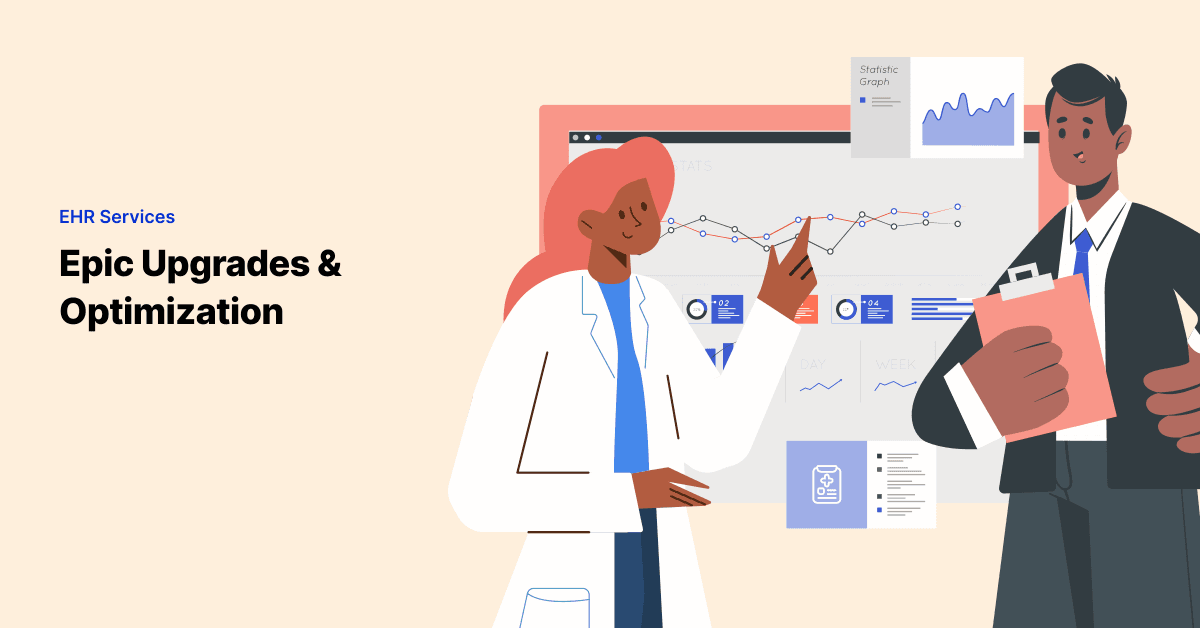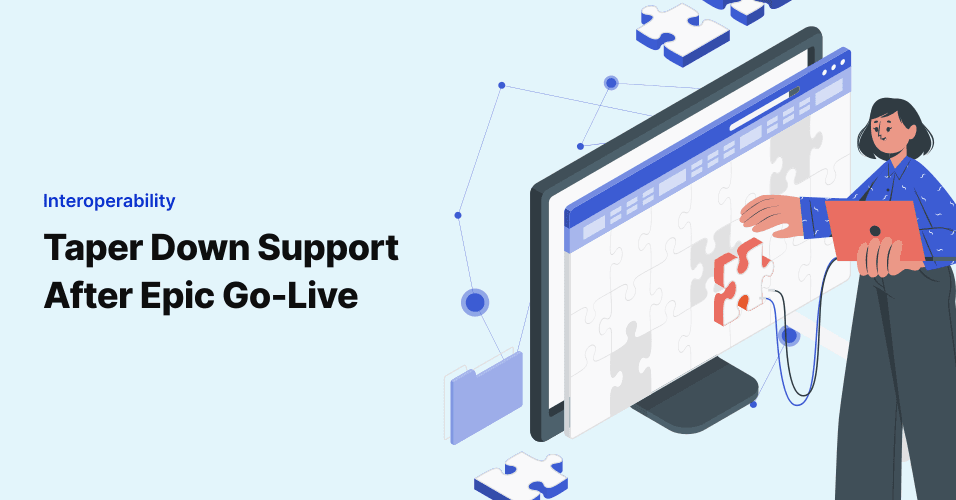
The Importance Of Test Cases For UAT During Epic Implementation
For hospitals implementing Epic, it’s critical to allot time for adequate testing cycles to validate …

When you buy a new car, do you ask the dealer to make sure it has all the problems your old car had?
Sadly, that’s how many healthcare networks go about implementing new EHR systems. Instead of breaking down each function to its most efficient and effective workflow elements and implementing the new system accordingly, too often implementers tweak the new software to reflect the system they’re abandoning … because “it’s what they’re comfortable with”.
When it comes to healthcare technology, there are three key focus areas: People, Processes, and [EHR] Product. In most implementations, the focus is on the end product, the technology result – the shiny new object. However, implementers too often try to emulate the system being replaced…which was designed to address operational processes of 20 years earlier.
Instead of seizing the opportunity to optimize patient registration, enhancing the patient experience, or providing cleaner claims, the new system is contorted to match the old processes, leading to millions of dollars in lost revenue. This not only negatively impacts profitability, it ultimately impacts patient care. This article underscores the importance of managing people and processes regardless of the EHR system being implemented or optimized.
The great thing about state-of-the-art hospital software is that given enough time and money, you can make it do almost anything. The bad thing is – you guessed it – you can make it do almost anything. Before anyone downloads new software or touches a keyboard, it is imperative to understand how the new system operates natively compared to your organization’s operational processes and staffing models. There will undoubtedly be instances when your “customary” operational approach will need to be modified; you ideally want to reconstruct your process flows to blend industry best-practices with the natural design of the software.
If this was easy, every implementation would be a raging success.
Engaging the right resources to successfully scope and implement a new system – or launch an effort to optimize an existing one – is a crucial first step. These resources need to have an in-depth understanding of hospital operational processes as well as your new system’s capabilities.
The early phases of an implementation include planning, discovery, and education. During these phases an organization must ensure that it is laying a solid foundation for the program’s overall success. Prior to developing organizational goals and timelines, the project and executive leadership teams need to establish their overall vision and guiding principles. This is the cornerstone of the project.
The vision should remain at the forefront and should be communicated through all levels of leadership, and across all operational areas. Once the vision and guiding principles are established, the goals and timelines can be set. A key success factor is to never lose sight of the vision; ensuring that all leaders are on the same page is crucial. They must disseminate the same, consistent message to all levels of the organization.
EHR system implementations are initiated to increase value while reducing cost, yielding a defined ROI over time. The value of implementing an EHR project is not always immediately calculable. For example, it is hard to put a number on the EHR component of increasing overall patient experience, however it plays an important role in the success of an organization. The more tangible items are typically achieved by reducing manual intervention (reducing errors, generating cleaner initial claims, etc.) and by utilizing the built-in efficiencies delivered standard in new systems.
The breakdown often occurs during the discovery and design phases. During the discovery phase, it is crucial to understand the current operational processes, but the goal is not to carry over the exact same processes and workflows to the new system, but to ensure that nothing is missed in its design.
The design should use the new system’s inherent best practices, changing only the native functionality when necessary with minimal customization. There are items that will need customization specific to the organization. These may require operational staffing changes and updated processes, but rather than moving staff out, the intent is to shift staff to more value-added tasks.
Many organizations have already completed the new implementation phases of their projects and are fully live or are on a phased rollout schedule, but it is worth investing the time and resources to optimize processes. Also, continued consolidation is forcing many EHR users to switch systems despite being fully implemented and satisfied, but this too is an opportunity to optimize operations.
Due to the complexity and time it takes from the initial phase to stabilization (typically years) the system may have already (or should have) gone through one or more upgrade cycles. As the user community becomes acquainted with the system, many processes that were initially efficient may need to be reexamined.
The key areas on which to focus optimization efforts (system & operational) are:
In many organizations, only bare-minimum upgrades (e.g.: regulatory updates and system break-fixes) are undertaken. This is sometimes the result of insufficient resources, but is frequently because the team is unaware of newly added capabilities. However, the real value of today’s systems comes from capitalizing on new (or previously ignored) functionality that enhance the overall value of your investment.
To maximize value, an organization must put forth the time and effort to review enhancements from both a technological and operational perspective. Reviewing these key areas for efficiencies could have a huge positive impact not only on your bottom line, but more importantly on patient care and experience.
Most hospitals cannot afford to keep a team of EHR software experts on staff permanently – i.e. people that know hospital operations, the underlying technology of the EHR systems installed, and the functional enhancements the software vendors have added. But the good news is that hospitals don’t need to permanently employ such talent; it can be “rented”. The additional benefit is that talent from outside sources come with the knowledge of how dozens of other facilities are leveraging the same software, and the experience to exploit it.
With the industry shifting from volume to value, healthcare organizations need to ensure that they get the most value from their investments. 314e offers services to partner with your organization from system selection and pre-implementation planning through optimization, stabilization and ongoing support.
Join over 3,200 subscribers and keep up-to-date with the latest innovations & best practices in Healthcare IT.

For hospitals implementing Epic, it’s critical to allot time for adequate testing cycles to validate …

Making the transition to Epic is a stellar move for hospitals and health systems. Sure, it takes considerable …

Making the most of an investment like an EHR for a large health system has a lot to do with the ability to …